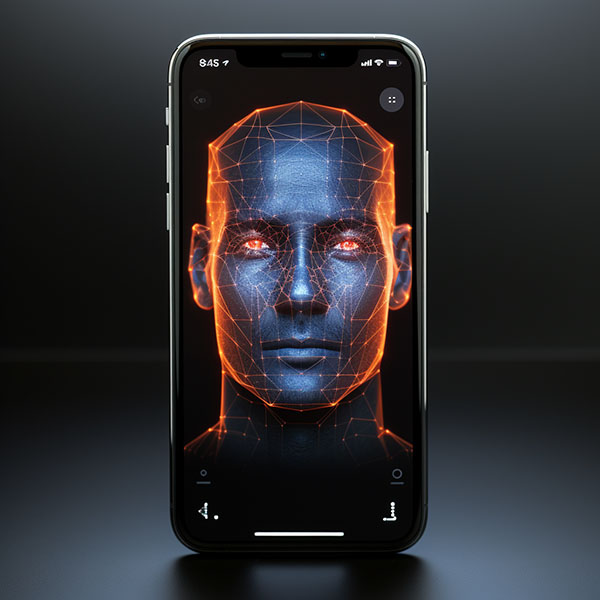Introduction
Vertical-Cavity Surface-Emitting Lasers (VCSELs) have been a cornerstone in the evolution of semiconductor technology. Their journey from niche applications to mainstream consumer electronics, particularly in Apple’s Face ID technology, is a story of innovation, commercialization, and the democratization of innovative technology.
The Dawn of VCSELs
The inception of VCSELs dates back to the 1980s, but their roots can be traced to the development of semiconductor lasers in the 1960s. VCSELs differ from traditional edge-emitting lasers by releasing light perpendicular to the surface of the semiconductor chip, offering advantages in terms of efficiency, beam quality, and ease of fabrication.
Early Applications and Challenges
Initially, VCSELs found their niche in data communication, particularly in fiber optic communications. However, their adoption was slow due to high manufacturing costs and limited applications outside professional industries.

Apple’s Game Changer: Face ID
The real transformation began with Apple’s introduction of Face ID in 2017 with the iPhone X. This technology relied heavily on a dot projector that used VCSEL technology. Face ID marked a significant shift in VCSEL applications, moving from industrial to mass consumer use.
Impact of Face ID on VCSELs
Apple’s integration of VCSELs into Face ID had several profound impacts:
- Increased Demand: the popularity of the iPhone X created a surge in demand for VCSELs, encouraging manufacturers to scale up production.
- Economies of Scale: the high-volume production led to economies of scale, significantly reducing the cost of VCSELs.
- R&D Investment: the commercial success of Face ID fueled further research and development in VCSEL technology.
- Diversification of Applications: beyond Face ID, VCSELs began to find applications in other consumer electronics, automotive sensors, and even in medical diagnostics.
The Future of VCSELs
The journey of VCSELs from high-end applications to consumer electronics highlights the dynamic nature of semiconductor technology. With ongoing advancements, VCSELs are poised to become more efficient, affordable, and ubiquitous in various sectors.
Conclusion
Apple’s adoption of VCSEL technology in Face ID not only revolutionized biometric authentication, but also played a pivotal role in making VCSEL technology more accessible and cost-effective. As we move forward, the potential applications of VCSELs seem limitless, promising a future where this technology is an integral part of our everyday lives.
